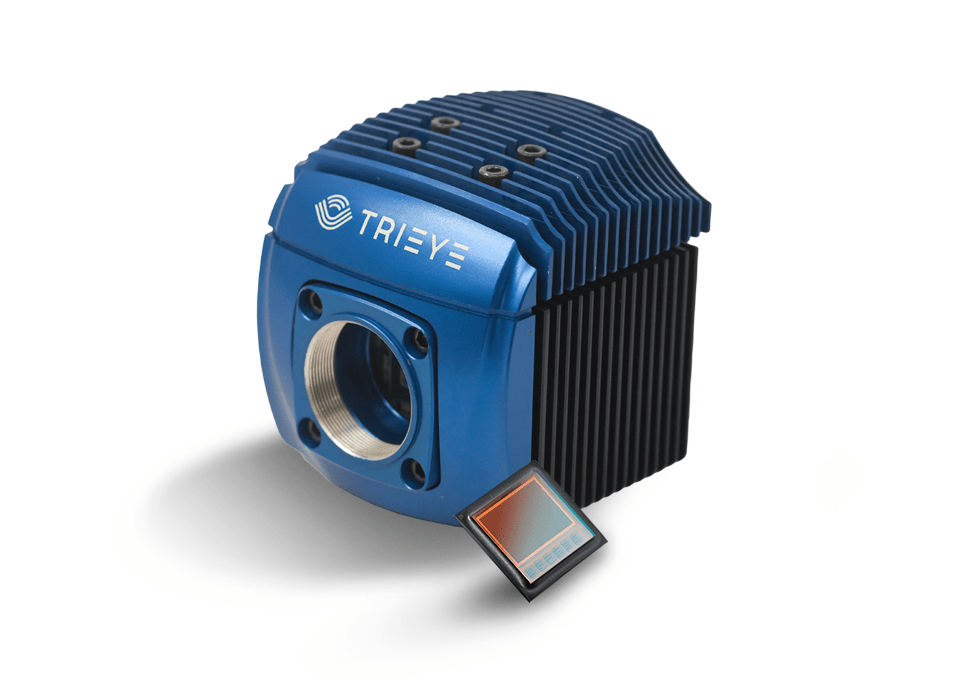There is strong global demand for driver monitoring systems for industrial and automotive applications. And because we are committed in our daily work to making mobility even safer, we also work with innovative partners who contribute to this. For example, we are collaborating with Israeli startup TriEye to find out how TriEye’s short-wave infrared (SWIR) imager (an imager is a camera chip) can make our driver monitoring systems even better.
InGaAs*-based SWIR cameras have been used in science and aerospace for decades, but their high manufacturing costs have made them unsuitable so far for mass applications.
Based on the latest nanophotonic research, TriEye now succeeded in producing a small, cost-effective CMOS-based HD-SWIR imager that will help the camera technology achieve a breakthrough on the mass market. In addition to the known advantages, such as high resolution, low power consumption and small form factor, there are now also significantly lower manufacturing costs compared with conventional InGaAs technologies.
A demonstration will be held this fall to test the everyday suitability of the new technology in our driver monitoring systems, including a comparison with the established near-infrared (NIR) sensor technology. According to TriEye, the SWIR camera works even under difficult, adverse environmental conditions and poor light conditions. For example, it also works reliably when drivers are dazzled by sunlight, which can result in strong light reflection in conventional systems. Our experts also expect the system to have a lower operating temperature and consume less electricity. The technology can also be used for remote sensing. For example, it is able to detect black ice in winter, people in dark clothing, and vehicles approaching at night. It will also make it possible to record images and videos even in poor visibility.

“We are continuously integrating the latest safety and vehicle dynamics technology into vehicles to make driving even safer and more comfortable. This is why we are expecting a lot from integrating the new SWIR imager from TriEye into our interior and driver monitoring solutions,” explains Uwe Mühlberger, Director of the Interior Electronic Functions business segment at Continental Engineering Services.
Besides Continental Engineering Services, Intel and Porsche are also involved in the project. In addition to the reference system, Continental Engineering Services is also contributing the driver monitoring algorithms on an in-house control unit and is in discussion as a Tier 1 supplier for subsequent volume production.
* InGaAs is a semiconductor material (an alloy of gallium arsenide and indium arsenide) that is used for infrared detectors such as photodiodes.






